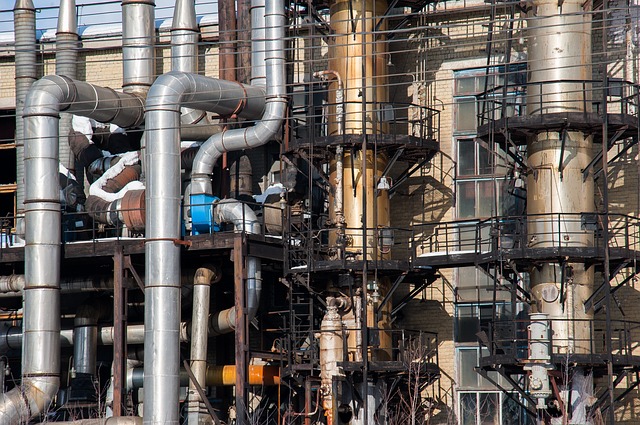Keeping your car maintained is essential. It is important for reliability, safety and for protecting the value of your car. There are some tasks that you can do quite easily yourself and some things that are better left to a professional mechanic.
You should be aware of the problems that can occur and what might happen to your vehicle so that you can arrange for the repairs and replacements to be done. We have created this list of a few things to consider for the proper maintenance of a car.
Most of the details depend on what model of the car you are driving. Your car’s manual sets out the specific requirements for your own car and should be studied carefully to ensure you maintain your car properly. If you don’t have the manual then it can often be downloaded from the manufacturer’s website.

1- Use the right octane fuel for your car
An octane rating is basically the universal performance rating for motor fuel. It is important to understand the correct octane level fuel that is compatible with your car. Using the wrong fuel can cause serious problems for your engine. If you have the manual for your car then this information should be included. Many high-performance cars that require premium fuels with a higher-octane rate will state this on the fuel cap or dashboard of the car itself.
2- Wax your car at least 2 times a year
This will help keep the car looking good but there is another important point to this, waxing the car will prevent rust formation that can lead to high-cost repairs. To wax your car, first wash it thoroughly using the appropriate soap, make sure the car is fully dry, then you can apply the wax to the car’s painted areas using an applicator. Apply the wax in a circular, swirling motion, then wait for it to dry completely. Once it is dried you can buff up and even out the job using a chamois cloth.
3- Replace your windscreen wipers
A windscreen wiper (sometimes known as a windshield wiper) is the long rubber blade that helps keep the rain, dust or other debris off of your windscreen. It is a very important safety feature that all cars are fitted with. When you notice that they are beginning to make a streaking mark across your windscreen then it means its time to get them replaced. You can sometimes find information on the method of removing the wipers in your car manual or check with a garage to assist with this straightforward task.
4- Check your tire pressure
Running your car with tires that are not inflated properly will wear out your tires and increase the amount of fuel you are using. It is essential that you regularly check your tires to make sure they have enough air in them. You also need to ensure that the tread on your tires is not too worn down, driving with worn out tires is dangerous.
5- Change your oil
Changing the oil lubricant in your car is one of the most important things to remember when looking after your car. If you forget, the oil will break down and damage the filters. It is important that you use the correct type of oil for your car. The information on this will be in the car’s manual. Many Tela stations throughout Cambodia can offer a full oil changing service. How often you change the oil depends on the model of the car you drive and also the amount that you drive your car. Your car’s handbook should advise you how regularly they recommend you change the oil on your car model.
6- Check the light bulbs
You can often work out that there is a problem with your lights while you are driving but to do a full check you can ask a friend or family member to stand in front of your car. Then check the lights individually. Check the left indicator light, then the right, the headlights on full and half beam. Then you can repeat the process for the back side of your car. If both the full and half beam lightbulbs don’t work on a particular light then it might be an electrical problem that needs fixing.
7- Check your belts
The belt is the part of the engine that powers various features in a modern car including the alternator, power steering pump, air conditioning and the water pump. It is important to check your car’s belts for evidence of damage or cracking. The belts’ tension will need to be checked to make sure it has not stretched. If required you will need to get the belt replaced. Many cars have a voltage warning light that will switch on to indicate if there is a problem with the belt although the sign could also mean there is a problem with the car’s battery or alternator. It is not a good idea to continue to run your vehicle once the belt has become worn out, stretched or damaged.
8- Check your fuses
When interior lights in your car stop working it can often mean that a fuse has blown. The fuses in a car are there to protect from surges in electricity, if a surge occurs then the fuse will break, cutting off the electricity and protecting the different components of the car, In this kind of situation the components could overheat causing major problems. You can easily check the fuses yourself. First, you will need to find the cars fuse box, as usual, there is no universal standard place and it varies from car to car, your manual can make this clear. In many cars, you can find the fuse box somewhere around the engine or battery but sometimes its located inside the car under the steering wheel. They are usually in a black box marked “fuses”, many cars have 2 fuse boxes. Once located you can open the fuse box and take a look at the diagram on the inside of the lid (or in the cars manual if easier). It is important that you do not remove any fuses while the car is on, you could get a painful electric shock this way. Take a look at the fuses without removing them to check for signs of damage. You can use a light to check the fuses, if the inside is black then this indicates that the fuse is broken. You will need an identical kind of fuse as a replacement, the same colour, amp rating and shape.







